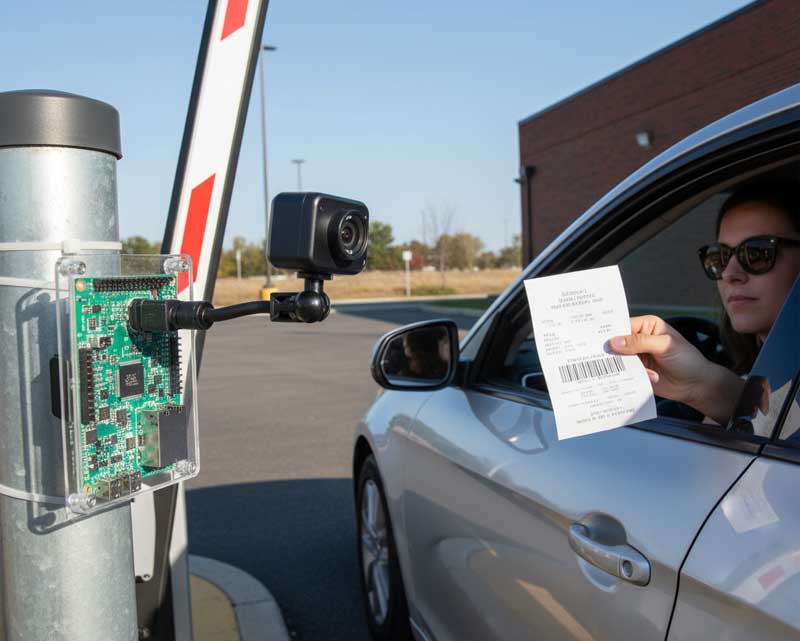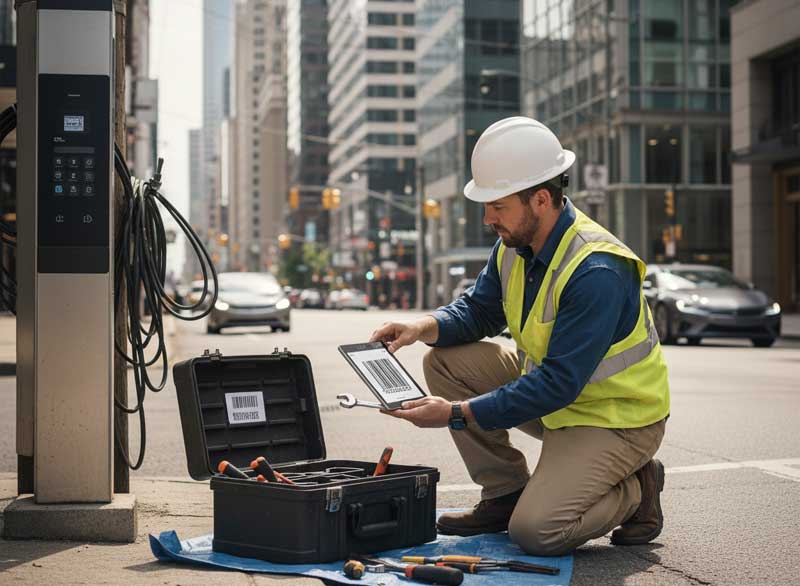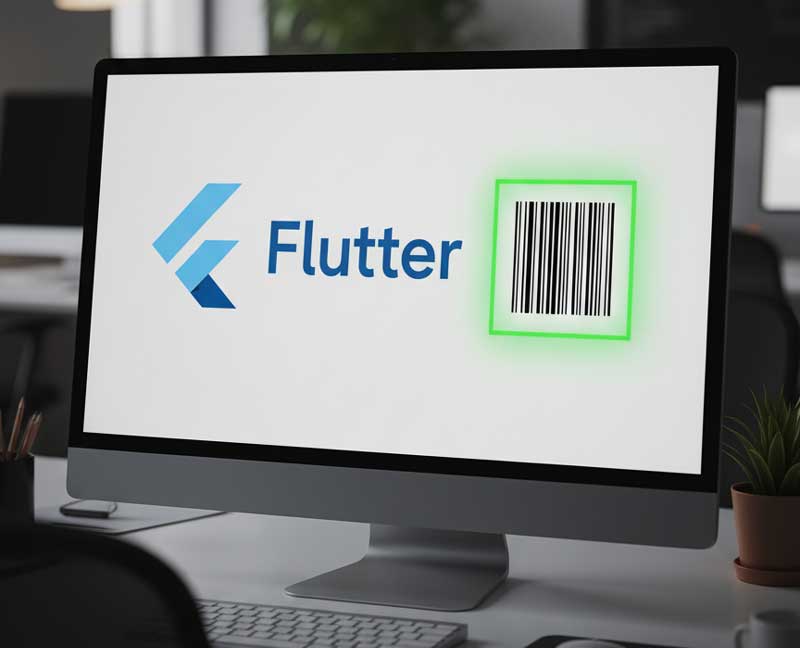
Barcodes are all around us — on nearly every product you can buy in a store, on warehouse shelves, picking and packing orders, shipping labels, and event tickets. They are indispensable tools when it comes to diagnosing, but also to increasing precision, speeding up work, or helping you to work with data entry. But because there are so many types of barcodes, how do you determine which is the best for your company?
This guide decodes the most popular options and helps you decide which one best suits your needs.
Why It’s Important To Pick The Right Barcode
All barcodes are not equal. Some are meant for retail checkout, others for logistics, while still others are built for the storage of massive amounts of data. If the barcode is wrong, then you can end up with:
- Scanning errors
- Incompatibility with retail systems
- Inefficient inventory tracking
- Upcharges for reprinting and re-labeling
Choosing formats at the start for easy carrying and for the possibility of growth.
Different Types of Barcodes and Their Uses
UPC (Universal Product Code)

- Ideal for: Retail goods in North America
- Features: 12-digit numeric code
- Use case: Displayed on nearly all items sold in U.S. stores. UPC is used for selling merchandise.
EAN (European Article Number)

- Best for: Retail products internationally (North America excluded)
- Features: 13-digit numeric code
- Use case: Like UPC, only to be used internationally. Required by many European retailers.
Code 128

- Best for: Manufacturing, shipping, and internal tracking
- Features: Can encode the values 0 through 127 as ASCII (compact mode)
- Use case: Frequently found on shipping labels, warehouse inventory, and throughout the supply chain.
Code 39

- Ideal for: Production and internal labeling
- Features: Numbers and letters encoding, can be printed and scanned easily
- Use case: Common in the automotive and defense industry.
QR Code (Quick Response Code)

- Ideal for: Sales, digital entry, client transactions
- Attributes: 2D barcode that contains a URL, text, or contact details
- Use case: Guide customers directly to websites, mobile apps, or product information.
Data Matrix

- Best for: Small essentials or medical equipment
- Characteristics: A 2D code realizing the capacity of the image space.
- Use case: Often in demand in the healthcare industry and electronics industry for space-efficient labeling.
Selecting The Right Barcode For Your Business
- Consider your industry.
- Retail: UPC or EAN
- Logistics: Code 128
- Healthcare: Data Matrix
- Marketing: QR Code
- Think about data requirements.
- Numeric only → UPC/EAN
- Code 128 or Code 39 for Alphanumeric
- Complicated data (like URLs or IDs) → QR or Data Matrix
- Check space availability.
- Space constraints → Data Matrix or QR Code
- Big labels → Code 128 or Code 39
- Ensure compatibility.
- Make sure your POS, scanners, and software all support the type of barcode you go with.
Barcodes are not just black-and-white lines — they form the basis of many of the world’s inventory systems and customer interactions. Knowing their strengths, you can make a choice among them to maintain efficiency, accuracy, and scalability for your business.
If there are any international markets or new software systems in your future, the barcode type you choose today will definitely save you change headaches later.
Ready to get started?
Barcode Reader SDK Barcode Creation Tools







